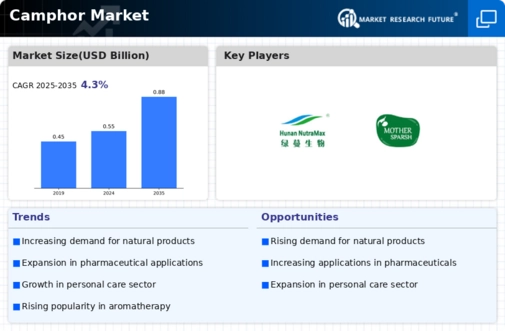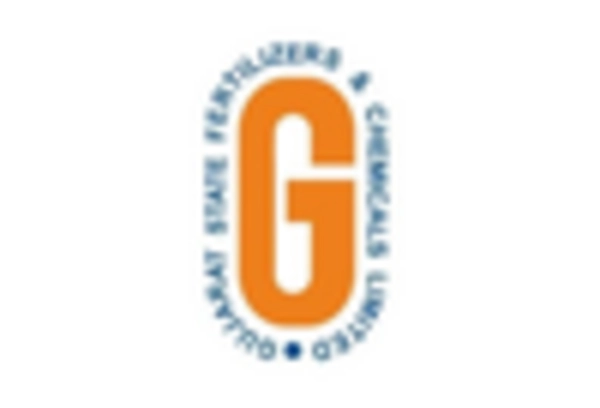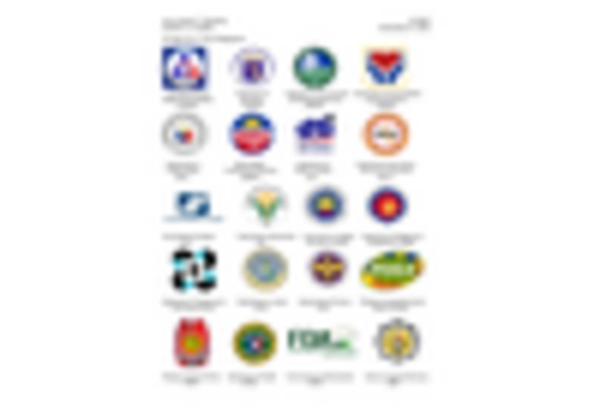Market Trends
Key Emerging Trends in the Camphor Market
The Camphor market is experiencing notable trends and growth opportunities driven by its diverse applications in industries such as pharmaceuticals, cosmetics, and food processing, as well as its use in traditional medicine and household products. Camphor, a white crystalline substance derived from the wood of the camphor tree or synthesized from turpentine oil, is valued for its aromatic properties, medicinal benefits, and insect-repellent properties. One prominent trend in the Camphor market is the increasing demand for pharmaceutical-grade camphor for its analgesic, anti-inflammatory, and decongestant properties. Camphor is used in topical ointments, liniments, and inhalants for relieving muscle pain, arthritis, coughs, and cold symptoms, driving the growth of the Camphor market in the pharmaceutical sector.
Moreover, the Camphor market is influenced by the growing awareness of natural and organic ingredients in cosmetics and personal care products. Camphor is used in cosmetics and skincare formulations for its cooling and soothing properties, as well as its ability to improve circulation and promote skin health. With consumers seeking natural alternatives to synthetic ingredients and increasing interest in wellness and self-care, there is a rising demand for camphor-based products such as balms, lotions, and creams, driving the growth of the Camphor market in the cosmetics industry.
Another key trend in the Camphor market is the use of camphor as a flavoring agent in food and beverages. Camphor has a characteristic minty flavor and aroma, making it a popular ingredient in confectionery, chewing gum, beverages, and traditional cuisines in countries such as India and China. With the growing demand for natural flavors and ingredients in the food and beverage industry, there is an increasing use of camphor as a flavor enhancer and food preservative, driving the growth of the Camphor market in the food processing sector.
Furthermore, the Camphor market is influenced by its traditional use in folk medicine and household remedies. Camphor has been used for centuries in traditional medicine systems such as Ayurveda, Traditional Chinese Medicine (TCM), and aromatherapy for its therapeutic properties. It is believed to have antiseptic, antifungal, and insect-repellent properties, making it a popular ingredient in herbal remedies, incense, and household products such as mothballs and insect repellents. As consumers seek natural and holistic remedies for health and wellness, there is a growing interest in camphor-based products and traditional medicine practices, driving the growth of the Camphor market in the household and wellness sectors.
The COVID-19 pandemic has impacted the Camphor market, causing disruptions in supply chains, changes in consumer behavior, and increased demand for health and wellness products. However, the pandemic has also highlighted the importance of natural and herbal remedies in supporting immune health and well-being, driving greater interest in camphor-based products and traditional medicine practices. As consumers prioritize health and wellness in the post-pandemic era, the demand for camphor is expected to continue growing, driven by its therapeutic properties and versatile applications across industries.

















Leave a Comment